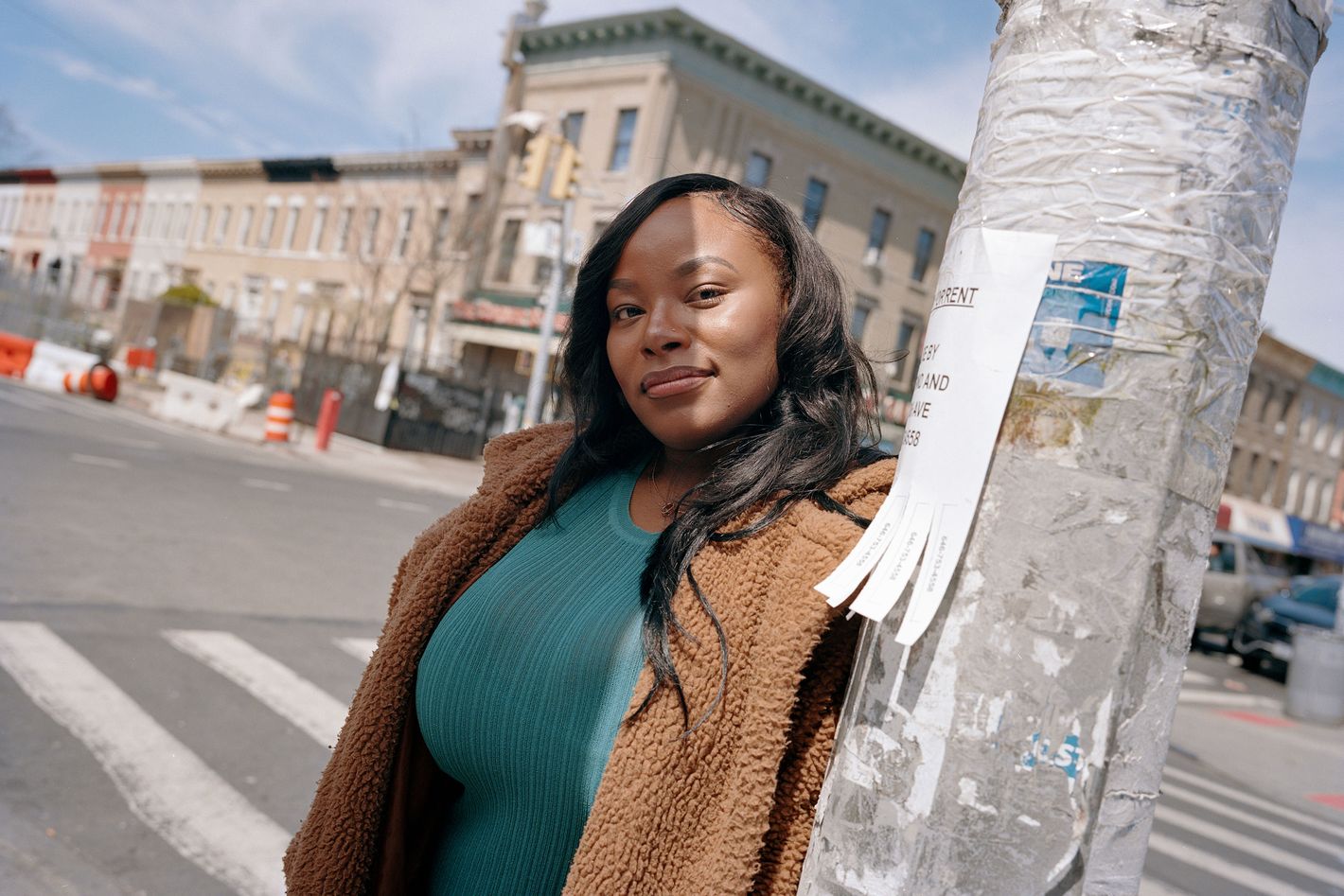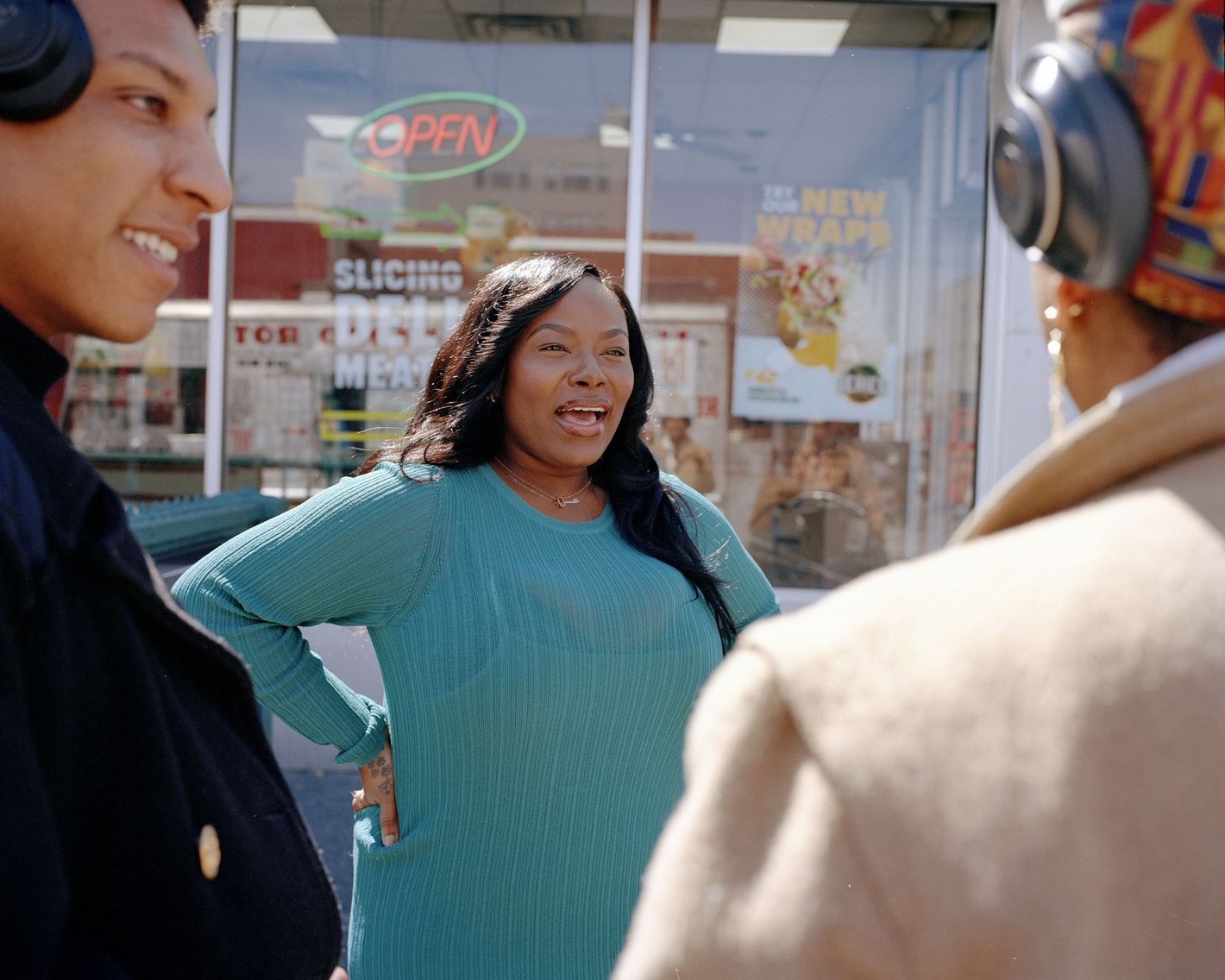Daniel Goldhaber’s climate-activism thriller deftly combines human drama with sincere political exploration
by Josh Lewis
Adapted from the 2021 nonfiction manifesto of the same name by human ecology lecturer and climate activist Andreas Malm, How to Blow Up a Pipeline is a white-knuckle thriller that takes revolutionary political arguments about the viability violent sabotage as a tool against fossil fuels/CO2 emissions and places them into both dramatic logistical practice and a righteous, furious act of self-defense in the face of the real human suffering and despair of late-capitalism.
Directed by Daniel Goldhaber (whose debut film Cam was a timely combination of both the authentic reality of sex work and parasocial, online horror filmmaking), this sophomore feature traces a group of activists led by Xochitl (Ariela Barer), a radical and determined college dropout whose mother tragically passed away during an unexpected heat wave. The film offers an opportunity for pyrotechnics to anyone who, like her, is dissatisfied by the passive and incremental steps being taken to address what is indisputably an issue of apocalyptic proportions.

Deftly cutting between the nuts-and-bolts direct action of their radical mission to blow up a Texas pipeline—including the recruitment process, literal building and tense transportation of IEDs, and the tactical planning of property destruction with the least human collateral damage possible—and the sympathetic backgrounds that brought this crew together, we gradually accrue the weight of their decision to take action. Goldhaber’s depiction of the unbearable tension of the work (which stylistically lands somewhere between the sweaty, patient doom of William Friedkin’s Sorcerer and the concentrated, desperate viciousness of the Safdie brothers’ Good Time) ultimately reveals an uncomfortable truth about the necessity of overcoming our natural desire to resist danger in order to better serve the goals of this political project–depicted here with a rigorous, almost instructional action-heist quality that chews through one suspense sequence after another: one of tires being slashed, of strap-threads tearing, and of explosive powder carried over bumpy roads.
The film’s closest companion in terms of its subject matter is maybe Kelly Reichardt’s Night Moves, which similarly adheres itself to the tough reality and procedure of eco-terrorism; but where Reichardt opted for a bleak, dispiriting moral compromise, Pipeline offers an overwhelming and powerful conviction.
Like Kelly Reichardt’s Night Moves, Pipeline adheres itself to the tough reality and procedure of eco-terrorism.
It helps that the script (co-written with Goldhaber by Jordan Sjol and star Areila Barer), while lean and functional in all the right ways a thriller should be, is fuelled by a genuine sense for the rippling pain of climate disaster. For something that could’ve easily been approached at a didactic remove is instead–with the help of the film’s editor Daniel Garber–a sharp, non-linear story that ties this ugly, necessary work to brief-but-clarifying emotional histories; like Theo (Sasha Lane), whose childhood spent playing in the acidic rain near local oil fields has resulted in leukemia, or Michael (Forrest Goodluck) and Dwayne (Jake Weary), whose blue-collar Texas and indigenous backgrounds inherently challenge the corporate seizure of land to build the steel monstrosities responsible for poisoning us. It’s a clever cinematic merging of the collective and the personal and how they inform one another that crops lot throughout the film, like the image of a hole being dug for their explosive barrel visually infected by and transported to Xochitl’s mother being lowered into the ground at her funeral.
In the past, the goal of capturing this visceral, human element around an ideological project has frequently been done in the name of bankrupt ambiguity. An intellectually lazy way of inserting a “both sides are sort of in the wrong” shrug, and if there’s any more praise to throw on Goldhaber and his team (and there is plenty; the dirty, yet glowing 16mm photography courtesy of cinematographer Tehillah De Castro; or Gavin Brivik’s pulsing, spacey soundtrack; plus some fantastic elemental location work in North Dakota and Texas) it is that they not only deftly avoid this pitfall but appear to be making a strict argument against it.

There are certainly opposing voices heard in the film, as the crew themselves differ in opinion about the effectiveness of nonviolent protest, the history of achieving political goals in America (i.e. the civil rights movement), and minute details like who will be hurt by the eventual price-gouging that occurs due to their action. But these voices are not heard simply to poke holes in the mission, but to acknowledge and reaffirm the commitment to it, not unlike Gillo Pontercorvo’s blunt, unglamorous depiction of the use of force and achieving political goals under violent conditions in Battle of Algiers—one of, if not the greatest piece of guerrilla resistance cinema.
In many ways, the diverse and complex feeling of powerlessness that stems from those realities is the subject of the film itself, and by merging the sensitive character drama of the team’s shared connection through the collective understanding that destruction and death are imminent (individually, politically, etc) with genuinely methodical genre thrills, Pipeline eventually builds to its own intensely cathartic sense of control.
It’s a motivating formal argument that echoes Malm’s critiques of pacifism and fatalism by depicting urgency and fear as tools that can be weaponized by a team devoted to achieving a tangible goal.
The post REVIEW: “Pipeline” Is A White-Knuckle Thriller With Revolutionary Politics appeared first on Blood Knife.
 Only in dreams. COURTESY OF DOOM TRIP
Only in dreams. COURTESY OF DOOM TRIP



